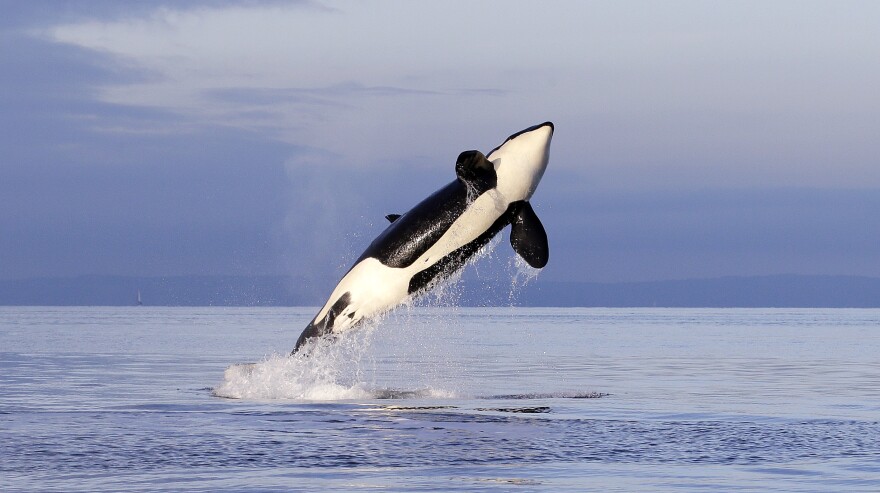Scientists studying southern resident killer whales for the past decade now know they are among the most contaminated marine mammals and prefer to eat Chinook salmon.
Biologists with the National Oceanic and Atmospheric Administration on Wednesday summarized a compilation of research findings that reveal the mysterious lives of a small population of endangered killer whales that frequent Puget Sound.
The research over the past years also shows the orcas hunt less and call louder when vessels are in the area, and they head to the outer coast during the winter, foraging as far south as Central California.
Yet, despite efforts including new vessel rules and designated critical areas, they say the orcas continue to struggle to recover and more long-term work is needed to help them.
Lynn Barre with NOAA Fisheries in Seattle said the research has filled in critical information gaps for federal researchers working to address the three primary threats to orcas: prey availability, contaminants and impacts from vessels and noise.
Barre said the feds are implementing management policies, “including some key actions like new regulations governing vessel behavior in the proximity of the whales, establishing protections in the event of an oil spill, responding to stranding events and really increasing awareness through a number of education and outreach partnerships."







